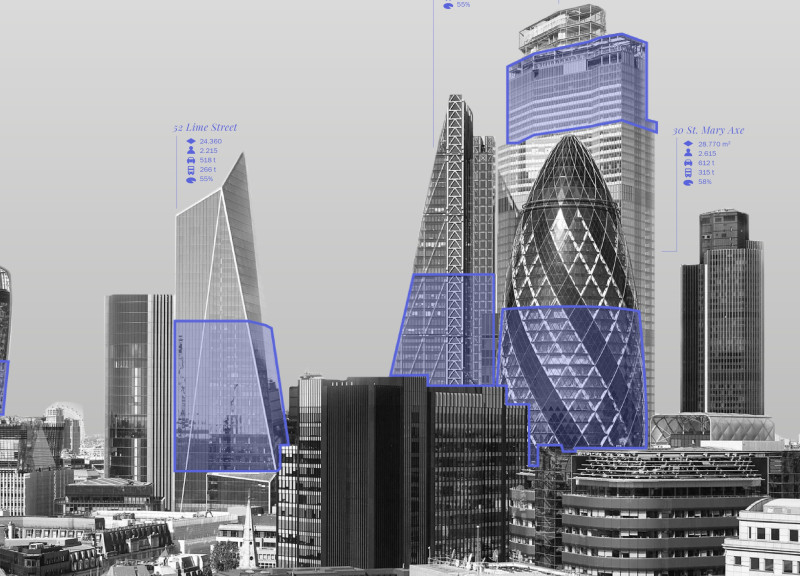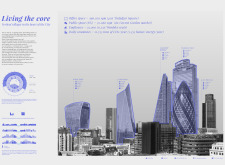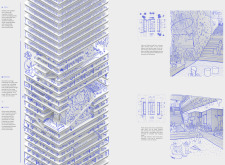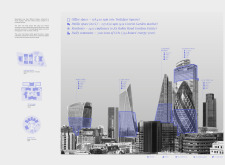5 key facts about this project
One of the defining characteristics of this architectural project is its primary function, which centers around [insert primary function, e.g., residential, commercial, cultural]. The layout has been meticulously planned to facilitate ease of movement and accessibility, ensuring that all spaces serve their intended purposes efficiently. The distribution of areas within the project reflects a deep understanding of user needs and enhances the overall experience of the occupants.
The architectural design demonstrates an innovative approach to materiality, utilizing a blend of [list materials used, e.g., concrete, wood, glass, steel, stone]. Each material has been selected not only for its functional properties but also for its visual qualities, contributing to the overall aesthetic harmony of the structure. The use of natural materials, such as wood and stone, promotes a connection to nature while providing warmth to the spaces, creating an inviting atmosphere.
In terms of spatial organization, the design incorporates an open-plan layout that encourages interaction and flexibility. The integration of indoor and outdoor spaces is a notable feature, with large windows and sliding doors that dissolve the barriers between the interior and the exterior. This design approach fosters a sense of continuity and invites natural light to permeate the living spaces, enhancing the overall ambiance.
Moreover, unique architectural elements add a distinctive character to the project. Examples include [describe any unique architectural features, such as cantilevered roofs, green walls, or innovative shading devices]. These elements not only enhance the visual appeal but also address sustainability by optimizing energy efficiency and reducing the building's overall environmental impact.
The incorporation of sustainable design principles is evident throughout the project. The use of environmentally friendly materials, energy-efficient systems, and water conservation techniques demonstrates a commitment to sustainability without compromising aesthetic or functional quality. These approaches not only minimize the ecological footprint of the project but also create a healthier living environment for its occupants.
Landscaping around the building complements the architectural design, with thoughtful planting choices that reflect the natural ecosystem of the region. The landscape design serves to enhance the overall user experience, providing areas for relaxation and recreation that integrate seamlessly with the architecture. This connection to the landscape underscores the project’s ethos of encouraging a balanced lifestyle.
In addition to its functional and aesthetic qualities, the design captures the essence of community, offering spaces that promote social interaction. The inclusion of communal areas, such as [mention communal spaces if applicable, e.g., gardens, terraces, or community rooms], fosters a sense of belonging and encourages residents to engage with one another. This focus on community within the architectural framework highlights modern living's evolving expectations.
As an architectural narrative, this project stands out by harmonizing traditions with contemporary design ideas. The thoughtful consideration of the location, environment, and user experience culminates in a design that resonates with its surroundings while meeting the demands of modern living. Each facet of the design reflects a balanced approach that prioritizes both individual and collective needs.
For those interested in exploring this project further, a review of the architectural plans, sections, and designs will offer deeper insights into the innovative ideas and design strategies employed. By examining these elements, readers can appreciate how the project's unique characteristics contribute to its overall success, reinforcing its position as a noteworthy example of contemporary architecture.


























